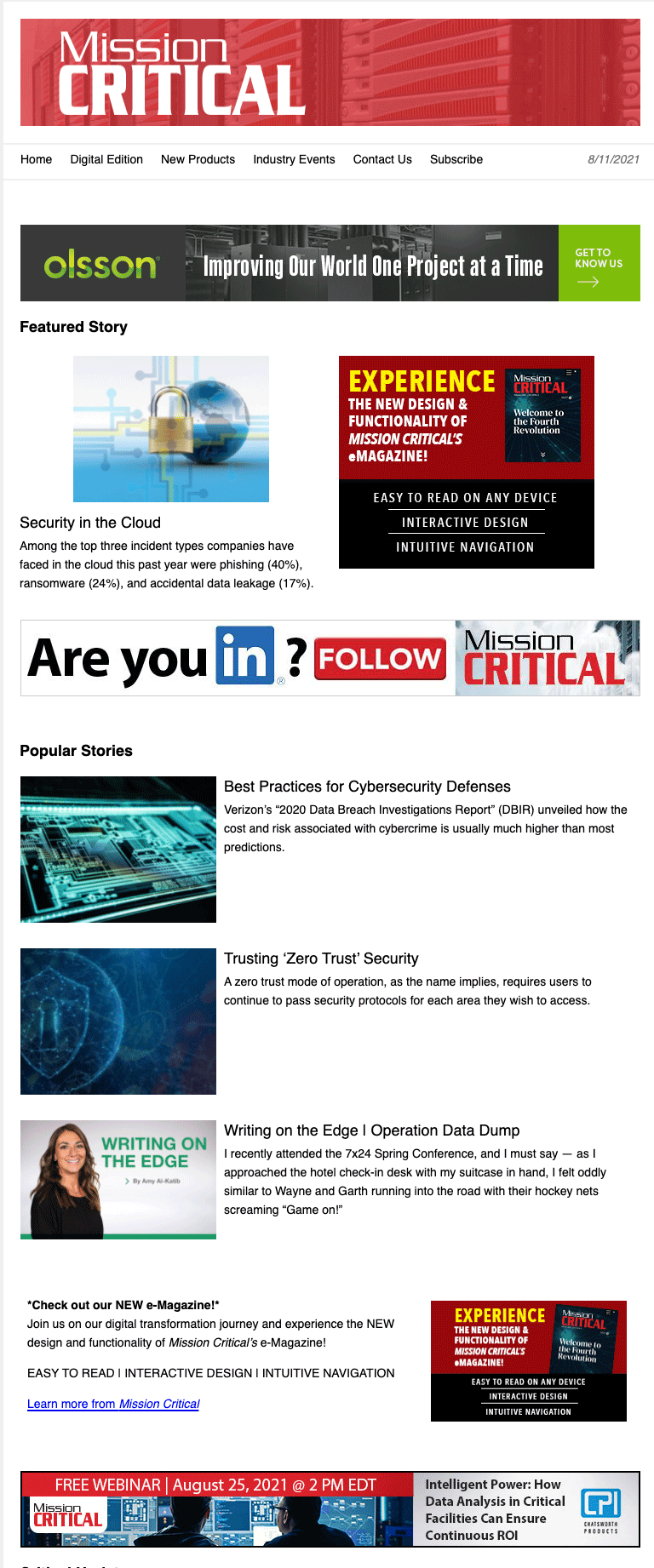

Doing so introduces external application dependencies and additional risk vectors, like those associated with noisy neighbor scenarios.

Use pipeline-managed update processes, like scheduled pipeline runs, rather than built-in auto-update mechanisms.ĭon't use central processes or provisioning pipelines for the instantiation or management of application resources. Apply change management through code to enable consistent release and update processes, including tasks like key or secret rotation and permissions management. Apply a zero-trust model across DevOps roles.ĭefine configuration settings and updates as code. DevOps teams can consider granular Azure RBAC roles for various technical functions, like AppDataOps for database management. DevOps processes can be difficult to apply when there are hard dependencies on centralized functions because these dependencies prevent end-to-end operations.

Manual processes can lead to inconsistent results.ĭependencies on central IT teams.

Avoid manual processes for any change to application components or underlying infrastructure. DevOps teams are needed for security-sensitive and highly regulated scenarios to ensure that security is incorporated throughout the development lifecycle rather than at a specific release stage or gate.


 0 kommentar(er)
0 kommentar(er)
